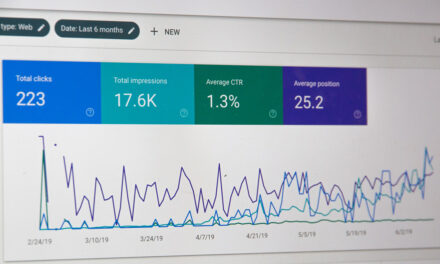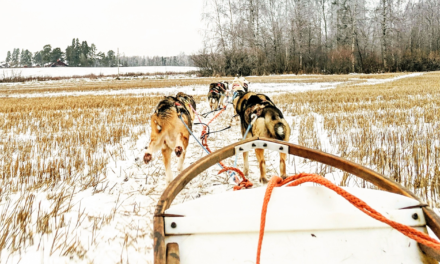Today, let’s talk about a culinary favorite that’s claimed a particular spot in my herb garden—cilantro! This versatile herb is an integral ingredient in many cuisines worldwide. If you’re as much of a cilantro fan as I am, and you’re looking to grow and harvest it year-round in Sacramento’s Zone 9b, you’re in the right place!
Cilantro: A Culinary Star in Your Backyard
Cilantro, or Coriandrum sativum, is a unique herb offering two distinct flavors from the same plant.
The leaves, known as cilantro, have a robust, citrusy flavor. The seeds, known as coriander, are aromatic and sweet. Cilantro brings fresh flavor to any dish, from spicy salsa to fragrant curries.
Planting Your Cilantro: Sun, Soil, and Spot
When it comes to planting cilantro, here are a few key points to remember:
- Sunlight: Cilantro enjoys full sun to partial shade. In the scorching Sacramento summer, it appreciates some afternoon shade.
- Soil: Like most herbs, cilantro thrives in well-draining soil. It prefers a neutral pH and doesn’t require overly rich soil.
- Spot: Choose a location in your garden where you can sow cilantro successively, as it tends to bolt (flower and set seed) quickly, especially in warm weather.
Quenching Cilantro’s Thirst: Watering Wisely
Cilantro prefers soil that is consistently moist but not waterlogged. Regular, even watering is ideal. In the heat of a Sacramento summer, it may require more frequent watering to keep the soil moist.
Continuous Cilantro: Succession Planting
Due to cilantro’s tendency to bolt quickly, successive planting is your best bet for a continuous supply. Sow seeds every 2-3 weeks throughout the growing season. This will ensure you always have fresh cilantro, even when older plants start to bolt.
Harvesting Your Cilantro: The More You Cut, the More It Grows!
When it comes to harvesting cilantro, remember this: the more you cut, the more it grows! You can begin harvesting when the plant is about 6 inches tall. Snip off the outer leaves close to the stem and leave the inner part to continue growing.
A Flavor for All Seasons: Cilantro in Winter
While cilantro loves the cool spring and fall weather, it can be coaxed to grow even in winter. Use a frost blanket or cold frame to protect your plants when temperatures dip below freezing.
By now, you might be thinking, “I can’t wait to sow my cilantro seeds!” And why wait? With these tips, you can start your cilantro-growing journey. From the joy of watching the first sprouts emerge to the satisfaction of harvesting fresh herbs, there’s something truly special about growing your cilantro.
I hope you feel equipped and inspired to grow this fantastic herb as we wrap up our cilantro chronicle. But before we part ways, let’s tackle a few common questions:
Q: My cilantro is bolting too quickly. What can I do?
A: Try growing slow-bolt varieties of cilantro, and remember to keep the plants well-watered, especially in hot weather.
Q: How can I use coriander seeds?
A: You can use coriander seeds in cooking, either whole or ground. Coriander seeds lend a warm, spicy flavor to various dishes, including stews, curries, and baked goods. You can also save some seeds to plant in the next growing season!
Cilantro in the Kitchen: A Flavor Fiesta
Growing your own cilantro isn’t just a gardening win—it’s a culinary adventure! Here’s how to make the most of your cilantro harvest:
- Fresh is Best: Freshly harvested cilantro has the most vibrant flavor. Use it in salads, salsas, soups, or as a garnish.
- Cilantro Pesto: Swap basil for cilantro in your favorite pesto recipe for a refreshing twist.
- Cilantro Lime Rice: Brighten up plain rice with a handful of chopped cilantro and a squeeze of lime juice.
- Coriander Spice: Let some of your cilantro plants bolt and harvest the seeds. Dry and grind them as a spice, or use whole seeds for pickling.
The Evergreen Satisfaction of Growing Cilantro
Growing cilantro in your backyard is like having a magic ingredient at your disposal that adds a fresh, zesty flavor to your meals. From choosing the perfect spot in your garden, and providing the right amount of water, to succession planting and harvesting, each step brings you closer to the gratifying moment of adding your homegrown cilantro to your favorite dishes.
I hope this guide fuels your enthusiasm for growing cilantro in Sacramento’s Zone 9b. With some care and attention, you can enjoy a year-round supply of this beautiful herb. Why wait? Step into your garden and start sowing those seeds!
Before we wrap up, let’s answer one more question:
Q: My cilantro plants are getting yellow. What’s wrong?
A: Yellowing cilantro plants could indicate overwatering or nutrient deficiency. Check if your soil drains well and consider a balanced, organic fertilizer.
Remember, every garden adventure comes with its own set of challenges. But with each challenge comes an opportunity to learn and grow like your cilantro. Embrace the journey and savor the rewards.





